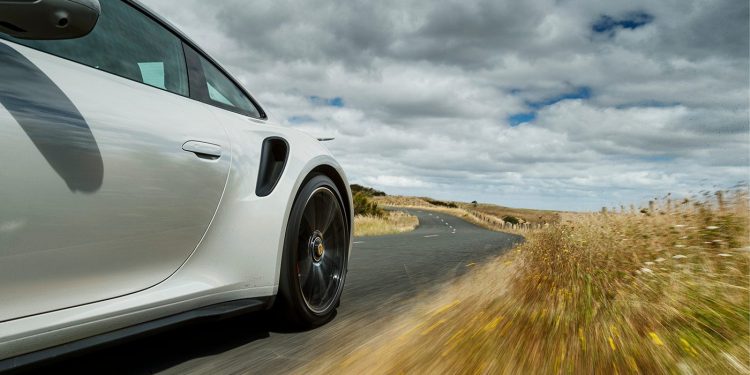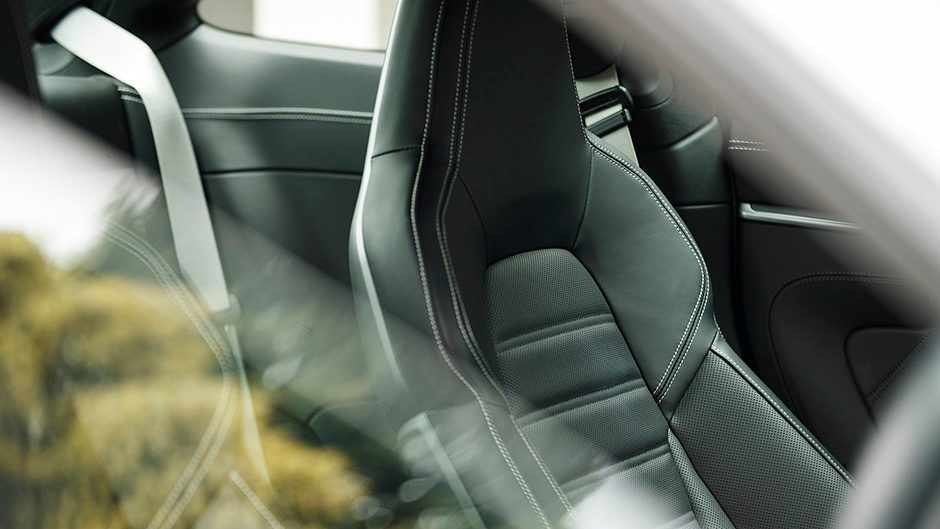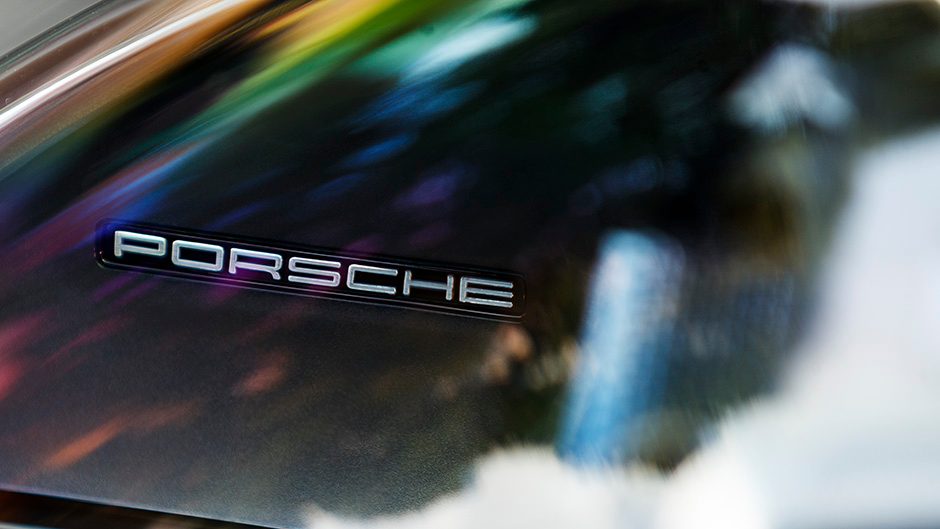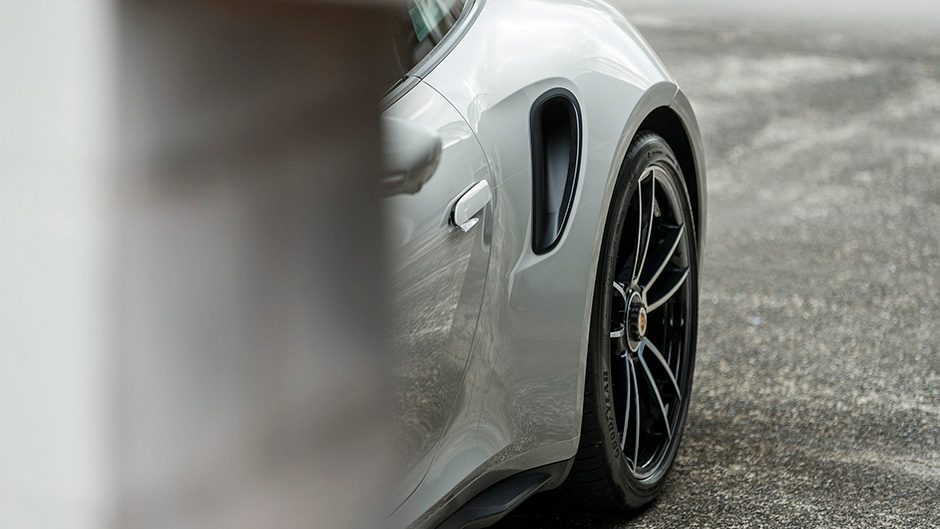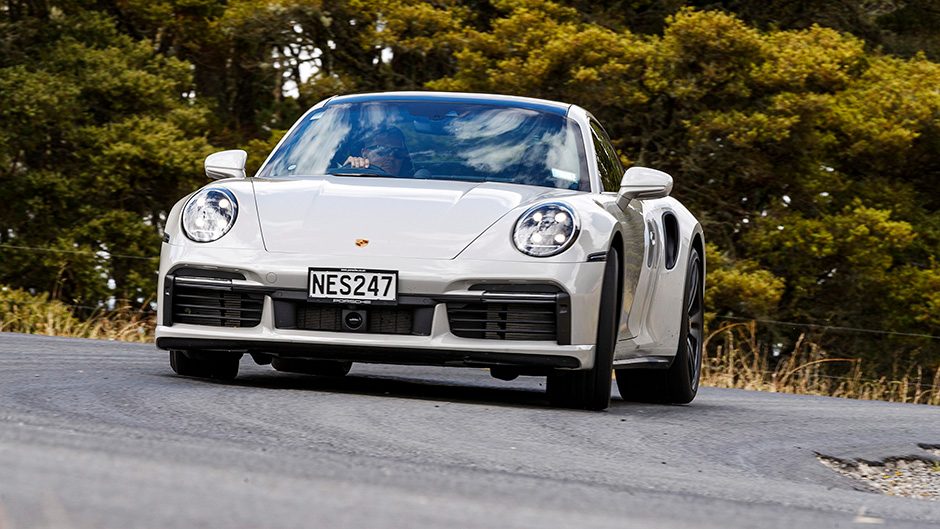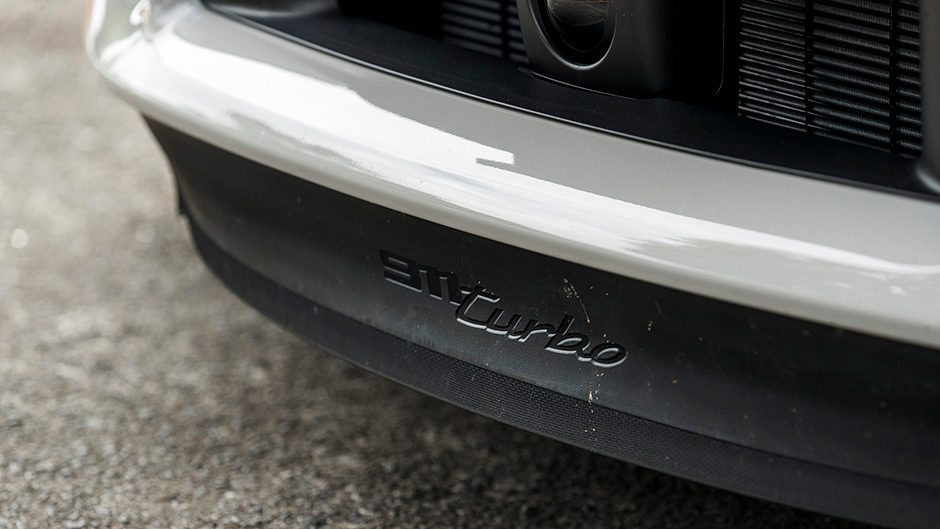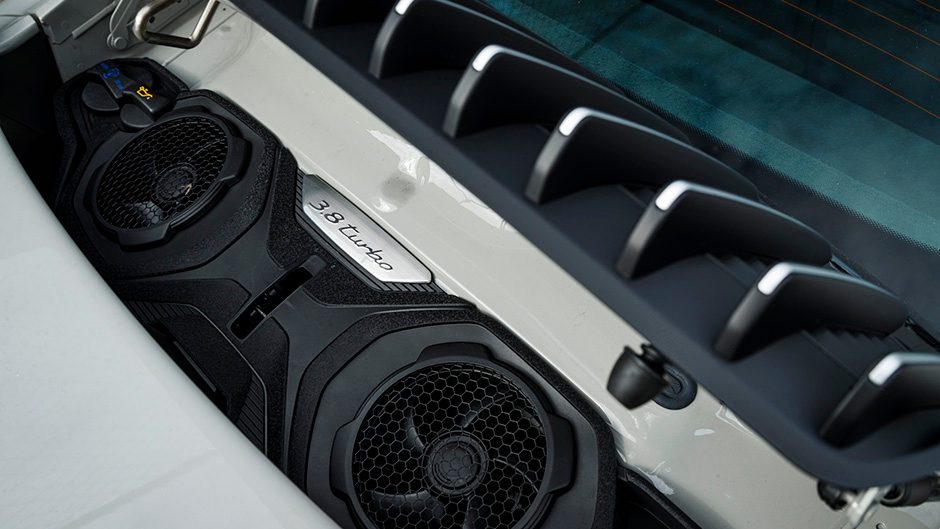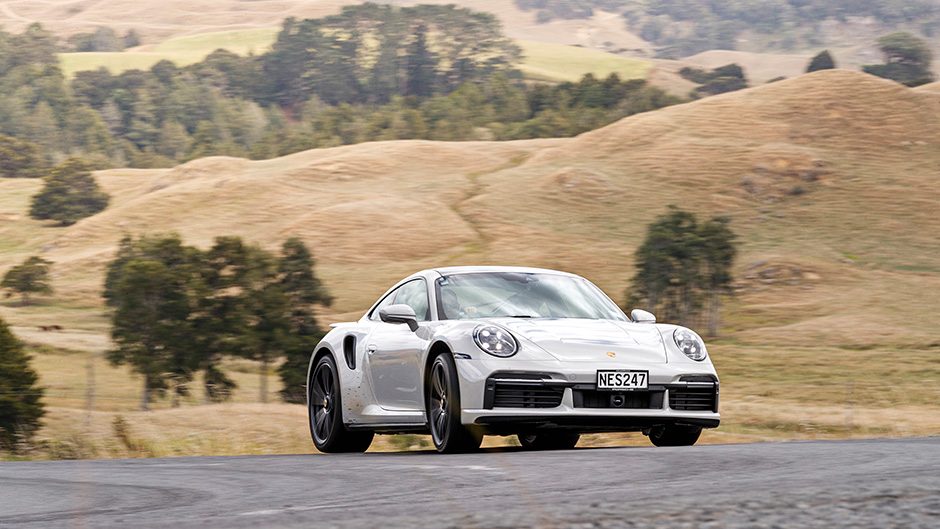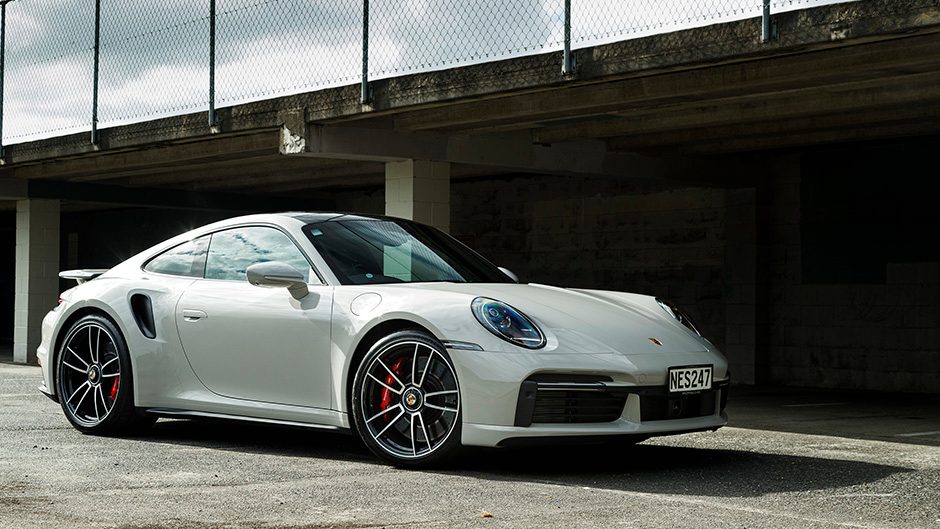2021 Porsche 911 Turbo review
Words Kyle Cassidy | Photos Tom Gasnier
Porsche delivers another crushing blow to the competition with its new 911 turbo. Is there a better all round GT-cum-sportscar?
Just what is the 911 Turbo these days? The ultimate GT? The best all-round super sports car? A trackday star in a suit? It’s tough defining this particular 911. Back when it was a fresh concept, some 45 years ago, it was the ultimate Porsche, going head to head with the best from Italy. But the 911 line-up has evolved and so has the competition. There’s certainly no lack of options for those with circa $350k to ‘invest’ in exotic road car weaponry. So what is the appeal of the latest 992 generation 911 Turbo?
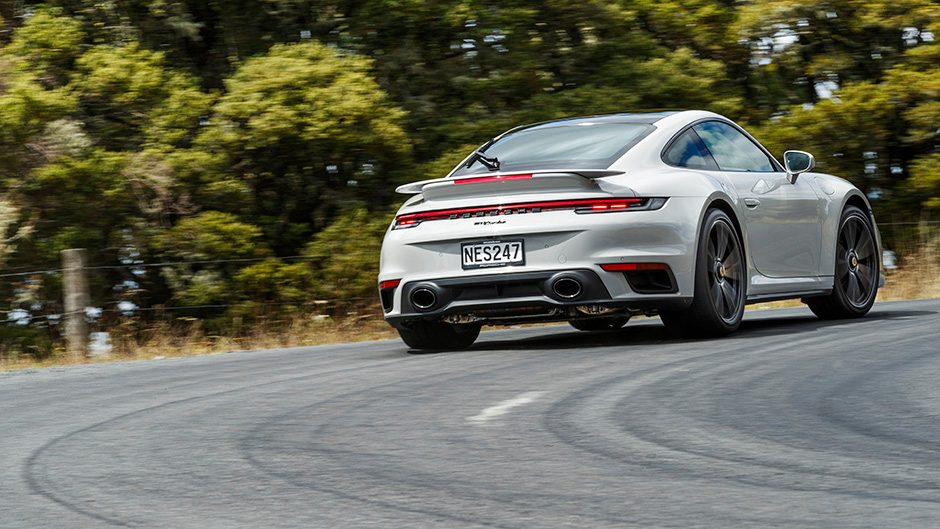
Still a great do-all
Like the Turbos of the last few generations, this is a consummate all rounder, so those who are looking for a sports car that ticks many boxes will be interested. As always, they’ll need plenty of funds. The Turbo lists for $345,000 prior to the usual spend up on options. This tester had a mild sprinkling of extras and was up to $380k without trying too hard. The Turbo has an okay list of standard features, though having to fork an extra $3340 on active cruise seems mean. A lot of the options concern cosmetic titivation, like having the side mirrors painted the same colour as the car ($1050) and side window trims painted black ($930).
While the Turbo has presence, it’s not a shouty mid-engined diva that begs for everyone’s attention; there’s a modicum of discretion here, so those looking for something a little stealthy will like the Turbo. And it’s suitably luxurious in a GT way inside. Porsche’s are always solidly constructed, this one lined in leather and other classy trimmings. There’s not much wrong in a tactile manner, everything working with a certain precision and purpose. Except perhaps for the doors, which need a decent slam or they don’t shut properly. And being a sports car, cabin storage is scant. Luggage needs to be dispersed between the frunk (130L) and the rear of the cabin by folding the seats to add a further 260L. These perches are okay for the school drop, provided the kids have just started at the local primary. Access is as poor as actual leg and head space once ensconced.
This is despite the fact the Turbo has grown yet again. The front and rear tracks are wider so the body is too, measuring 1840mm at the front and 1.9m at the rear. That makes it as wide as a large SUV but the girth is only noticeable in tighter car parks. So the 911 Turbo is still the ‘practical everyday supercar’. It’s easy enough to get into and see out of, parking helped by a surround view camera and rear-wheel steer which delivers a tight turning circle. The steering is light and breezy at these speeds too.
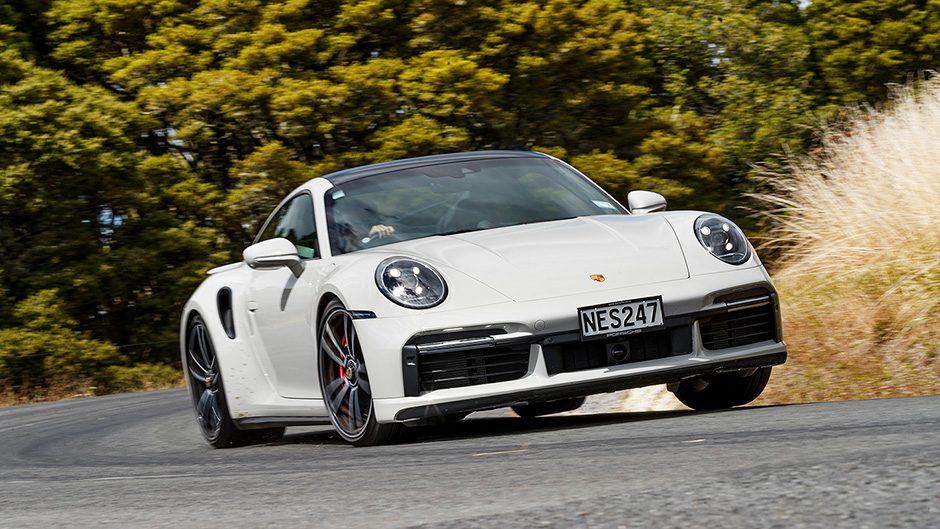
More, More, More
Even though you can no longer see the engine of a 911 (opening the rear vents only reveal some fans and openings for fluids), know that there’s now more power for the new Turbo. It spits forth 427kW, which is the same as what the old Turbo S managed, and there are 750Nm of thrust developed when its guzzling 98 octane. If that’s not enough, you’ll be needing the Turbo S with its 478kW and 800Nm. It starts at $407,900 but does come with more tricks like active roll control and ceramic brakes as standard.
The Turbo engine is a development of the same six-cylinder powering lesser 911s, but bigger bores pump the capacity out to 3745cc. The turbo bits are beefier, new variable turbine units are described as being symmetrical (the turbines spin in opposite directions on the right and left sides of the engine) which is said to aid boost response. Further precision comes via electrically controlled bypass valves and new piezo fuel injectors. Fuel use they rate at 11.1L/100km, but figure on at least mid-teens for everyday use, and we saw figures up past 20 during moments of lunacy.
The Turbo is claimed to hit a hundred in 2.8sec, and because it’s a Porsche it does so, repeatedly, and easily. Under full thrust, it can wander slightly so ensure you’re ready to keep it pointing straight when showing the neighbours what she’ll do.
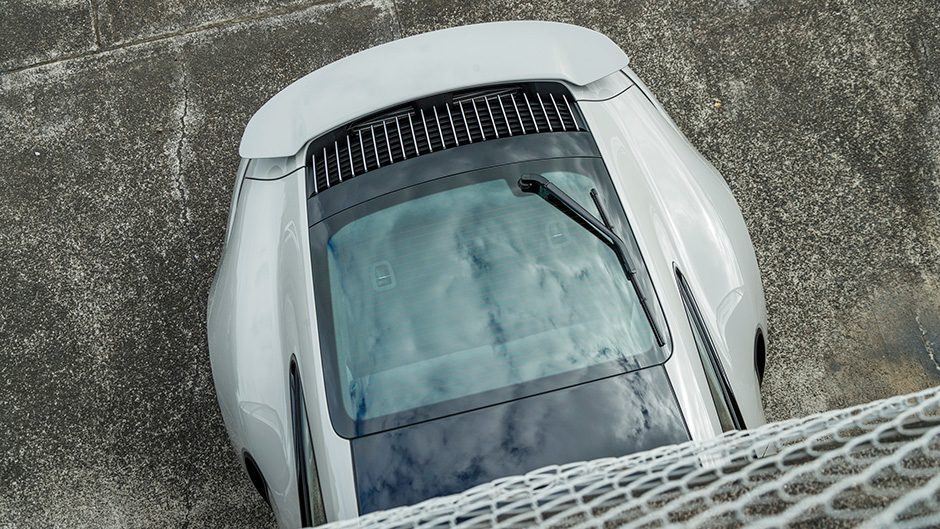
There are more gears now, the power flowing via an eight-speed dual-clutch gearbox with Turbo-specific software. This is an A-grade ‘box. It’s smooth, straight from start up, and tricky reversing manoeuvres don’t phase it. It’s as silky as an auto in traffic with a refined creep and smooth take up. And yet the way it selects ratios and snaps through the shifts in full attack mode would satisfy even the pickiest motorsport engineer.
There’s more stick too with the active all-wheel control now able to transfer even more torque (up to 500Nm) to the front to help pull it out of bends and there’s more rubber as well with 20-inch 255/35 tyres up front and 315/30 21s on the rear. The extra contact means you barely need to slow for corners when merely ‘touring’ but they do unfortunately add in-cabin din, the road roar rising when the surface beneath is particularly coarse.
There’s more stopping power however, the standard cast iron discs now measuring up at 408mm on the front axle, and 380mm on the rear. And they work sensationally, the 100-0 distance a scant 31m. A sports exhaust system (optional $6040) adds more noise.
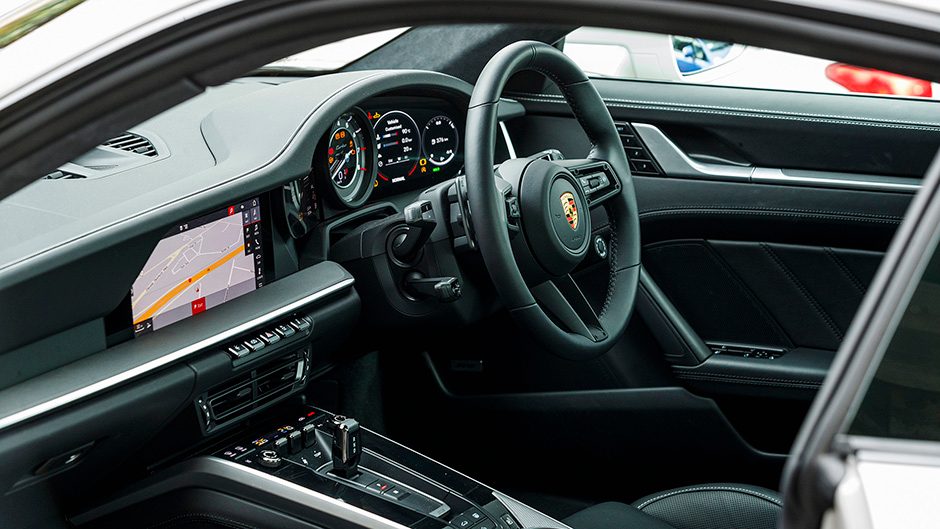
The adaptive suspension is said to offer ‘a greater spread between sportiness and comfort’. In the latter, it delivers a decent ride for a 400kW sportscar. Initially it feels a tad taut over city streets but it’s pretty decent considering its cornering ability and those big blingy wheels. It’s not too low either so speed bumps and most driveways don’t cause many issues. But plumping for the $4740 front axle lift system will allay any anxiety. It works quickly when you hit the button and the sat nav will also save the spots where you activate the system so if you visit them frequently, it will raise the car automatically, quite ingenious.
And you’ll be wanting to protect that front bumper, given it houses the Turbo’s active front spoiler. It’s another aspect the engineers have improved, now with active cooling air flaps while a larger front spoiler (deploying in Sport Plus mode from under the bumper) and bigger tail (which rises up and can alter its wing angle) offer more downforce at speed.
And speed is something the Turbo does very well.
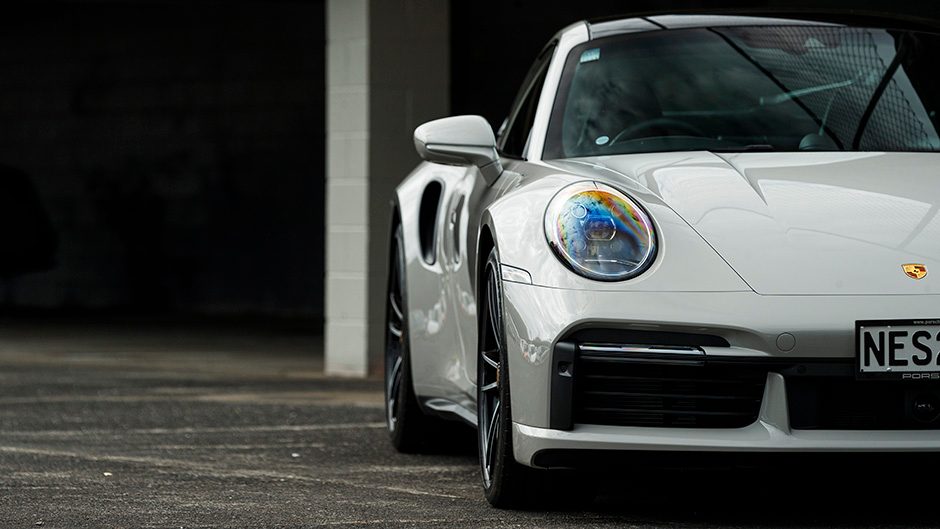
Steaming on
While the regular 911 does a brilliant job of dispatching ground, this thing is ferocious, relentless. Yes, its 0-100km/h time is impressive, but the way it launches off the curves is something else again. It’s stupefying. You can smack the throttle flat near enough to the corner exit and the grip and thrust are gobsmacking. You get into a rhythm of punching it hard, briefly enjoying the surge and then quickly backing off before things go really bananas.
You only remember the Turbo’s rear engined when the suspension is in the Normal setting; it hasn’t quite got the measure of the rearward weight transfer. In Sport mode, the damper performance is said to have improved (faster reacting and delivering more control) and that’s on the money. Normal is good for cruising but you’ll be needing Sport to really keep the movements in check. Yet it’s generally compliant enough too. Though immediately after commenting to Tom in the passenger seat on how supple it was while also controlling 1660 fast and low flying kilos we tickled the stops up on a concealed bump. It seemed to brush it off however.
The steering is blessed with ‘just right’ weighting and feel and it commands an obedient nose. The Turbo only ever gets ‘light’ over the front when chasing gnarly uphill bends. Rear-wheel steering helps poke it around the really tight turns, the only sort where you might encounter front end tyre scrub, while the system helps keep it locked solid in the fast and flowing stuff by steering the wheels in the same direction as the fronts.
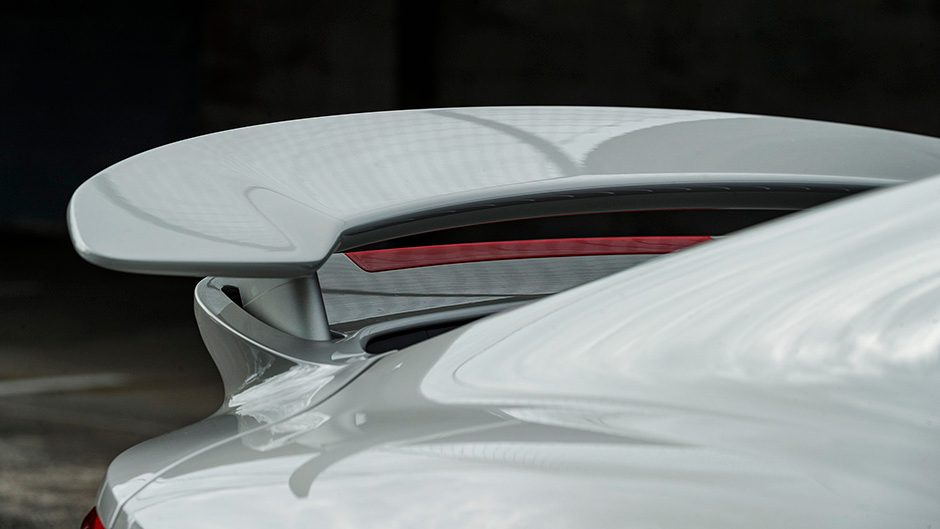
The trans is best left to sort itself; you’ll end up hooking too low a gear when you get on the paddles, whereas the auto will mine the massive midrange surge to get the job done. And when you let it run, the engine races to 7000rpm, howling in a distinct (and proudly) turbocharged manner. Topping it off, the brakes are massively effectively with a perfect feel under foot.
For the track day jockeys, there’s a sports suspension set-up sitting the car 10mm lower and there’s the optional hydraulic active anti-roll stabilisation and ceramic brake system. But then you should probably just go all out on the Turbo S, which has all that stuff as standard. However, we’d imagine the new GT3 being the better car for all that. It’s a weight thing, the GT3 in at 1400kg, the Turbo being 250kg heavier. While it doesn’t feel cumbersome on the road, we’d bet it starts to feel lardier than ideal when lapping hard. It’d still be sensationally fast, but the brakes and tyres would be feeling it.
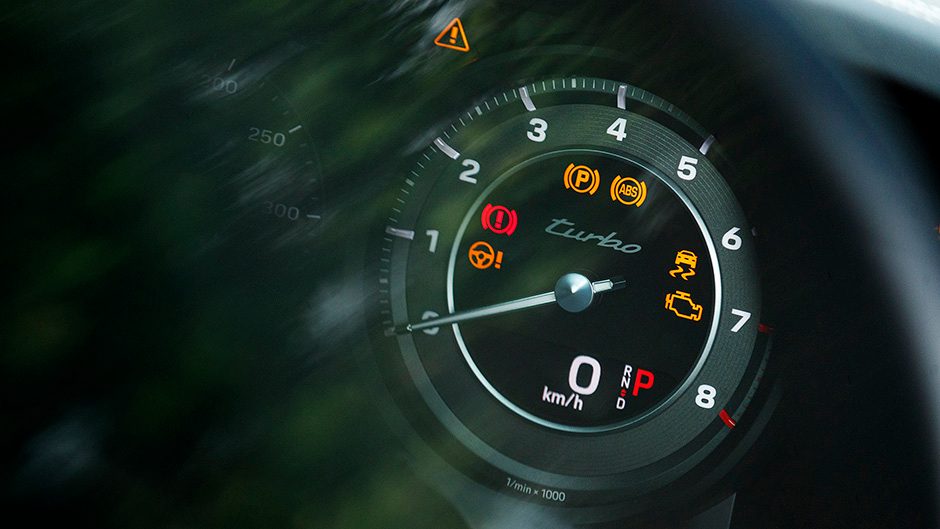
Anything else to consider?
Competition includes super sportsters the likes of the new McLaren Atura, a hybrid to boot, and GTs like the BMW M8. You could argue another Porsche Turbo might be tempting, the Taycan which offers something novel but equally dynamic for the usual Turbo buyer. But for those still hooked on gas, this Turbo is an accomplished all-round weapon that’s tough to beat.
| Model | Porsche 911 Turbo |
| Price | $345,800 |
| Engine | 3745cc, flat 6, T/DI, 427kW/750Nm |
| Drivetrain | 8-speed twin-clutch, all-wheel drive |
| Fuel Use | 11.1L/100km |
| C02 Output | 254g/km |
| 0-100km/h | 2.78sec |
| Weight | 1665kg |


